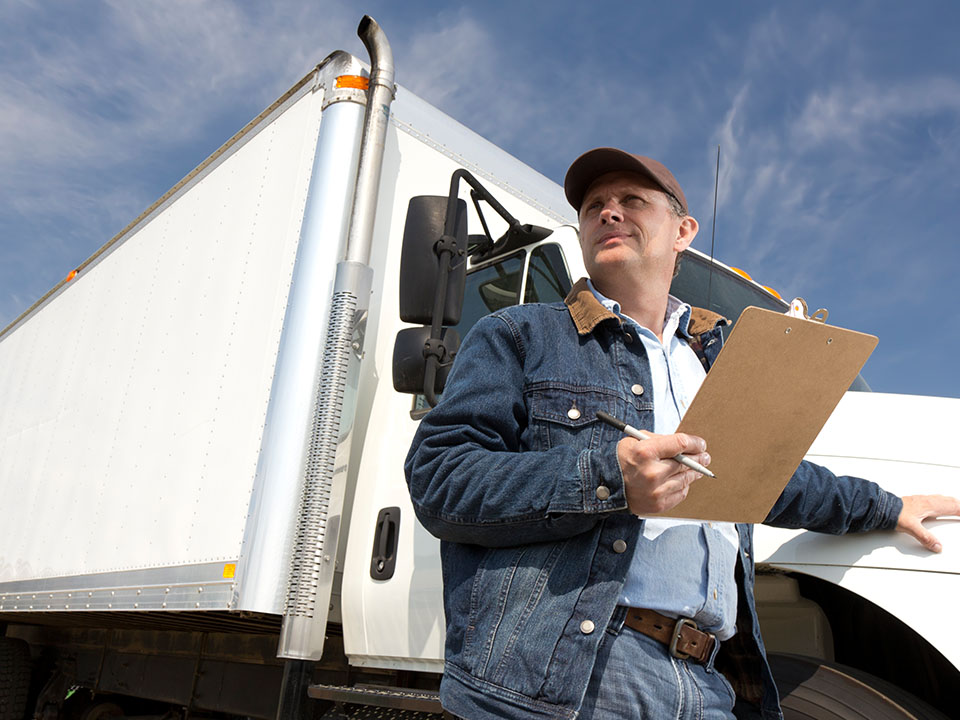How will the internet of things (IoT) and machine-to-machine interoperability impact two major trucking industry woes…driver shortage and fuel costs?
Last week I posted a blog discussing how our industry has been and will continue to be impacted by the internet of things (IoT). For the immediate future, what could stand in the way of our harnessing this incredible technology is being debated in today’s trade press as a lack of standardization when it comes to “language’ and protocols. And with so many manufacturers developing new technology with differing operating systems, finding the road to interoperability is both essential and inevitable.
Almost every facet of business in all industries will in some way be impacted by these advances and that holds true for the trucking industry as well. As Marcel Proust once stated “The real voyage of discovery consists not in seeking new landscapes, but in having new eyes.” So perhaps the biggest revelation in this rapid development of IoT may be different than the benefits originally sought, thus eventually an answer to two of the most longstanding industry worries – the ongoing driver shortage (which is only expected to get worse) and the industry’s dependence on fossil fuels.
The technology to move forward regarding both of these issues already exists; and in the process of being knit together in a viable “Smart Truck” application. When it comes to the driver issue, we’re all cognizant of the concerns expressed by the public about coexisting on the road with driverless trucks and the reality that there will need to be government oversight, at least in the beginning phases. But these concerns are already being addressed as evidenced in the much publicized Otto/Anheuser-Busch pilot in Colorado as we speak.
And when it comes to the autonomous truck, what will exist may be a “driverless” vehicle, but not necessarily a “personless” vehicle as one might envisage. This is very important to understand. The person in the vehicle (whether that be an employee or an owner operator) could be spending time performing other business functions in what will have become a “mobile office” rather than simply driving within mandated guidelines, many of which will no longer be needed. This will completely alter the perception of a career choice that has lost its appeal for younger generations. Article after article has been written about the difficulty of attracting millennials to the career of driving a truck. But millennials and their successors are drawn to technology and these new “mobile offices” that also happen to transport goods may turn out to be quite appealing.
The industry will also realize benefits in the areas of fuel consumption and greater safety as the potential for human error is removed from the driving equation and replaced with data-driven steering, shifting, acceleration, de-acceleration and vehicle braking decisions. Since drivers aren’t driving, transportation may no longer need to be constrained by hours of service (HOS) rules. That means that companies will be able to significantly increase revenue allowing them to realize an ROI which will more than compensate for increased capital investment in the new technology.
Additionally, this new “mobile office manager” may take on the role of “digital freight manager” and have the ability to dynamically source and deliver revenue-producing freight (see https://www.ajot.com/the-uberization-of-trucking-why-it-might-succeed), further enhancing the ROI equation while, in a macro sense, reducing the physical number of trucks required to move the continent’s freight – hence, less fuel required for less vehicles on the road. Significant venture capital investment is already prevalent in this space with new participants and entrants seeming to appear almost daily.
All of this seems daunting at first blush and, certainly, there will be tangential issues around both physical and cyber security that remain to be addressed. But the prospect of machine-to-machine interoperability in tandem with a rethinking of traditional trucking mores offers tremendous potential over the next few decades.
Read Part 1 of this 2-part blog.





